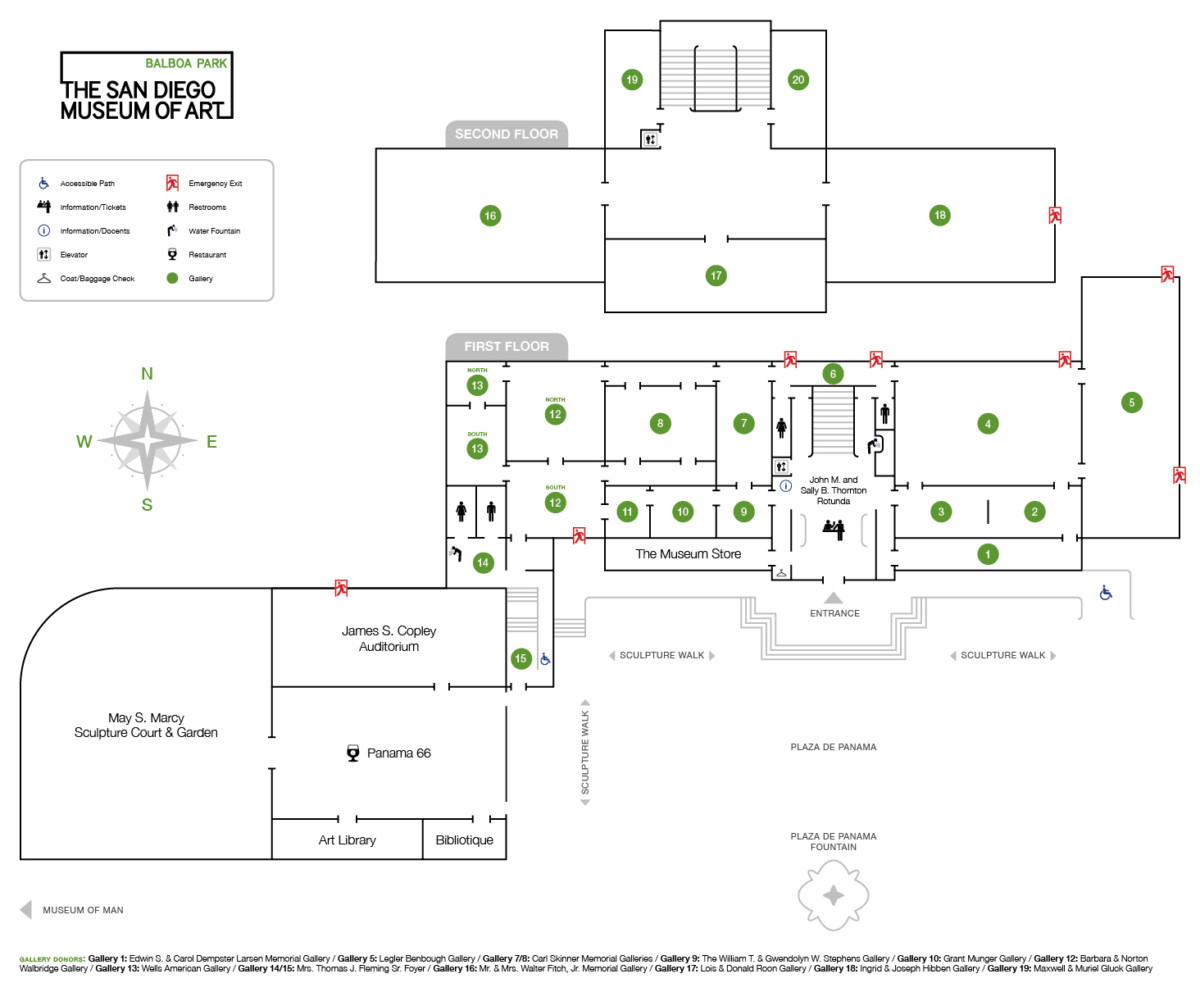Temporarily closed.
This gallery highlights secular works of art, from scenes of daily life—including landscape, still life, and interiors—to historical subjects, mythology, and literature. While not religious in nature, many of these works have underlying symbolic or moralizing themes, such as Lucas Cranach’s Nymph of the Spring.
Around 1600, a dramatic shift took place in European painting. It was the dawn of the Baroque era, which saw the rise of naturalism (depicting things as they actually appeared in nature) in response to the idealized forms of the Renaissance. In the north, the Protestant Reformation emerged to challenge the prevailing Roman Catholicism, while global trade and scientific advances led to a greater interest in the everyday world. At the same time, a new class of patron rapidly arose: the highly literate merchant elite. Many great artists like Rachel Ruysch (1664–1750) could sell their work on the open market, rather than rely on aristocratic commissions. Secular subjects like those on display here became increasingly popular, from Dutch landscapes to Venetian view paintings to Realist scenes of daily life in Paris. Throughout the western world a broad, sophisticated, and modern world view was beginning to take shape.
Read the full Renaissance to Realism exhibition label text in English and Spanish.
Featured: Francesco Guardi, The Grand Canal with the Rialto Bridge from the South, ca. 1775. Oil on canvas. Gift of Anne R. and Amy Putnam. 1940.77


